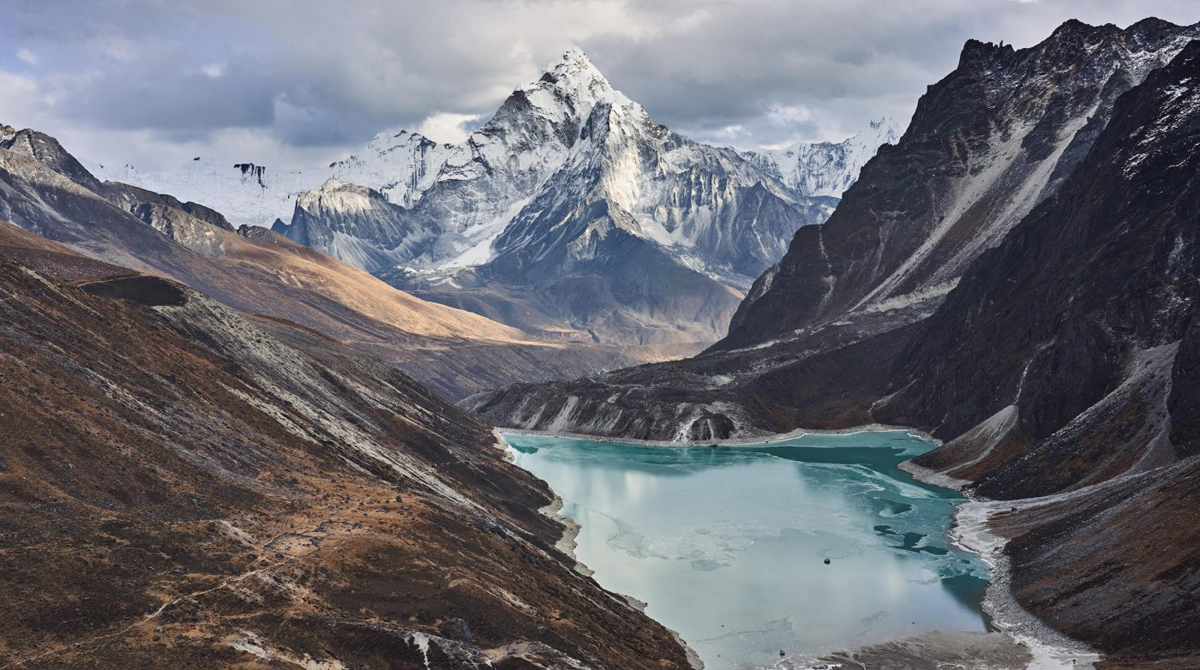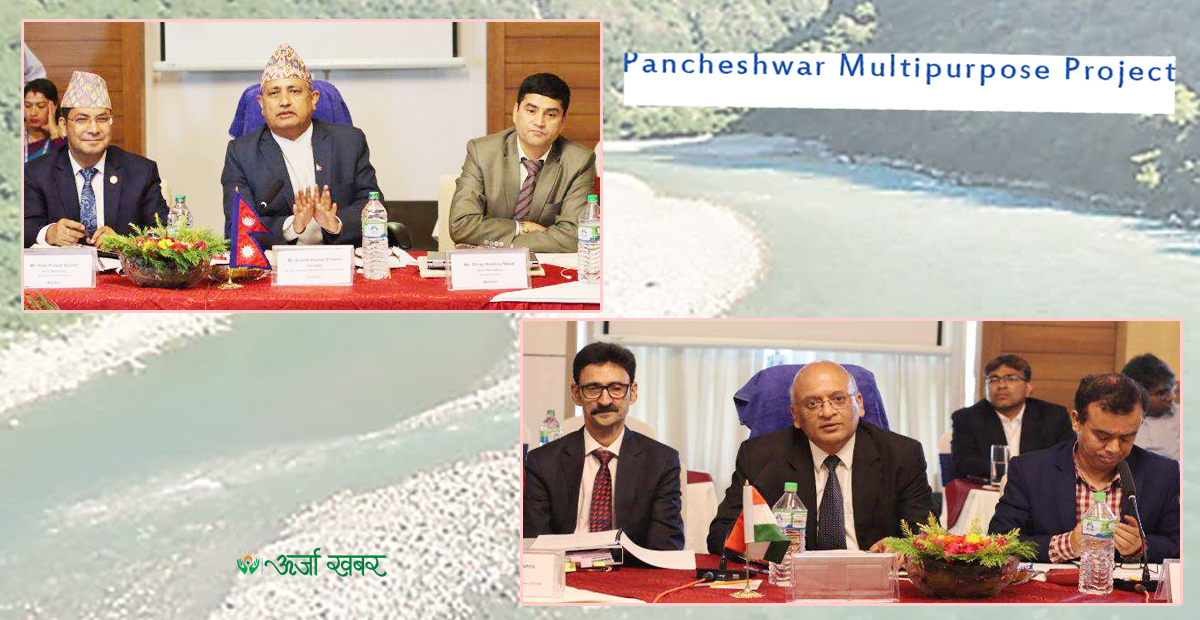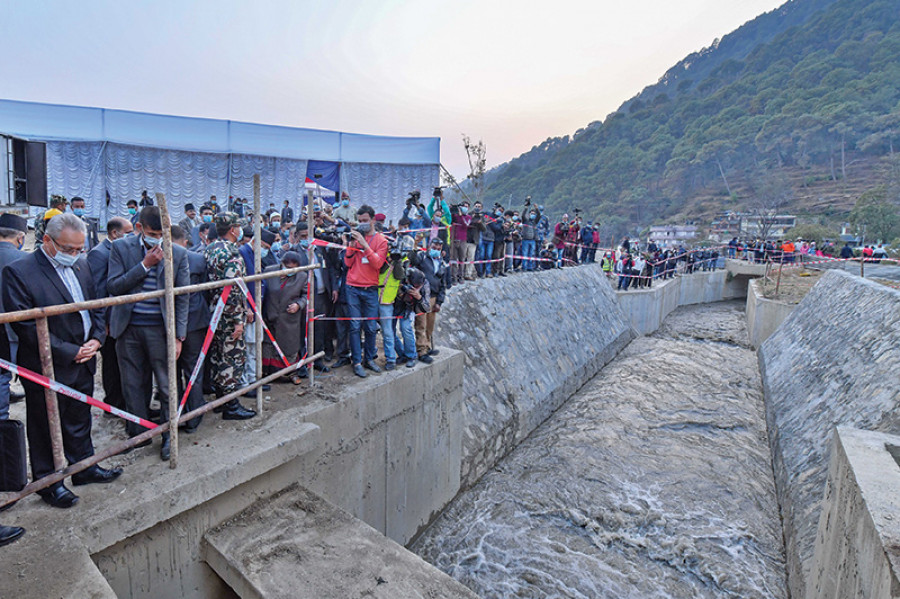Energy Update
Sikta Irrigation Series- 1: Employees’ Negligence or Weak Geography!
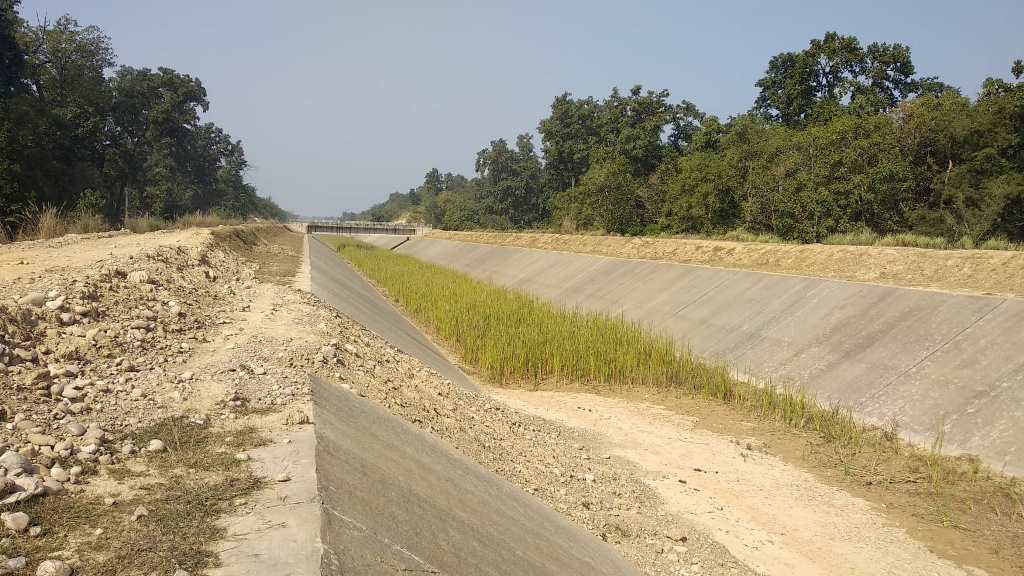
Kathmandu; The construction of Sikta Irrigation Project has been discussed for almost 43 years. Its main objective is to add bricks to economic development along with agricultural production by irrigating Banke from the water of west Rapti River.
Sikta is still under construction, yet not finished. Behind this, many interests of local, political, bi-national and development partners are associated. Due to this, the timing of the completion of Shikta is still uncertain.

It has been 43 years (2032 BS) since the pre-feasibility study and about 13 years since construction began. About 58 percent of the project work has been completed. Even now interference activities from the side of locals, contractor and political parties are taking place here. On the other hand, weak geographical conditions have also caused project delays.
The construction of Sikta is going on two sides (left and right) by constructing a dam in Agaiya of Banke to carry water for irrigation. The part towards Rapti is named as right and across the Rapti is named as left.

In order to carry water, 40.25 km at the side of Rapti and 53.50 km of main canal across the Rapti river should be constructed. The work of the main canal at the right side including the main dam has been completed. But, while supplying water, there was a problem and the canal burst.
The canal collapsed for time on 14th Ashad, 2073 BS, while supplying water from the 20 to 35 km section on the right. At that time, the negligence of the project and the weak structure constructed by the contractor were shown to be the cause of the problem. This was the conclusion made by locals and political parties.
The problem was ignored by the Department of water Resources and Irrigation, Planning and Engineers. Neither the government nor the political parties seemed to be moving in the right direction to overcome the problems in depth. The broken canal was repaired by the contractor and the work was moved forward.
In the first week of Shrawan, 2074 BS, water was supplied again for testing. On 7th of Shrawan, the canal collapsed again in the same section. According to the project, the first time 15m eters and the second time about 10 meters of the canal collapsed. As the canal collapsed twice in the same section , it was said to be the misconduct of the project staff.
It was also alleged that the contractor did not do quality work and did not properly test the soil. Due to this, there was a hot debate among the government, parliament and parliamentary committees. The Commission for Investigation of Abuse of Authority also started an investigation there. In the same way, the Ministry of Energy, Water Resources and Irrigation has submitted a report after investigating by forming a committee.
The report states that the main cause of the problem in the main canal is soil solubility. The soil solubility was not mentioned during the project feasibility study.
The report states that although the soil was tested like elsewhere, the solubility was not tested. While preparing the design regarding the absence of this type of soil in other projects related to irrigation.
The report also mentions that the soluble parts will be washed away with rain water in places with high soil cutting and filling. According to report, rainwater has a higher sodium (salt) content than river water and that’s why it has a higher soil dissolving capacity.
Problems and Solutions:
Although the committee has submitted its report, it has not brought out the issue of problem solving. The project, which has been under construction for decades, does not seem to be gaining momentum without alternatives to the problems and diagnoses.
The Ministry’s attitude of blaming the staff, the staff and the project chief blaming the previous chief and the regulator always seeing only chief does not work. Unstable politics, the interests of individuals, groups and bodies and the work done to cover up public-shame does not lead to complete the construction of the project.
The then Irrigation Department had also estimated that the problem would arise as the canal would have to be constructed from the base of the Chure. Project Chief Krishna Prasad Nepal says that the work has started as per the plan of constructing and repairing on time. According to him, the problem of soil had been seen since the second year of construction of the canal.
The construction of the main canal at the right side or towards the Rapti River was completed in FY 2070| 71. Only in 2073 BS, the problem was seen in the canal .”We do not have experience in dissolving soil with rainwater or treating soluble soils”, Nepal said to Urja Khabar, “Such a problem is also seen in developed countries like USA, Iran and Australia. It is being studied. The work can be carried out by solving this.”
According to Nepal, the proper solution to the problem cannot be said right now. “Discussions are being held with Pulchowk Institute of Engineering Studies and Foreign Consultants.” He added, “our solution is not perfect, it is as a trial.”
Nepal says it will be easier to work if there is support from the local level, political will and decision makers make timely decisions. He says that Kalika Construction, which has taken charge of the work, can be mobilized accordingly.
The San Juan Dam, built in the state of Huweska, Spain, had collapsed on 21 January, 2001 due to weak and soluble soil. The dam, built for the reservoir, was collapsed when it was first filled with water. According to Bir Singh Dhami, Water Resources Engineer, this is due to the dispersive soil, as seen in Sikta.
The government’s negligence:
The government itself has been ignoring the projects listed in the list of national pride. Even on the list of pride, the governing body seems to be ignorant of its meaning, significance and justification.
There is always a government tendency of being aware of the project only if the media or anyone else shows a problem, otherwise it will remain silent. Current situation is due to the lack of steps, support, facilitation and regulation to complete the project of National Pride on time.
The government, the Commission for Investigation of Abuse of Authority and the court style of raising fingers at the concerned bodies, project heads and engineers are discouraging them from working. It does not seem likely to end. In order to prevent this, proper support and coordination of the government, political parties, local government and administration is needed.
Conversation
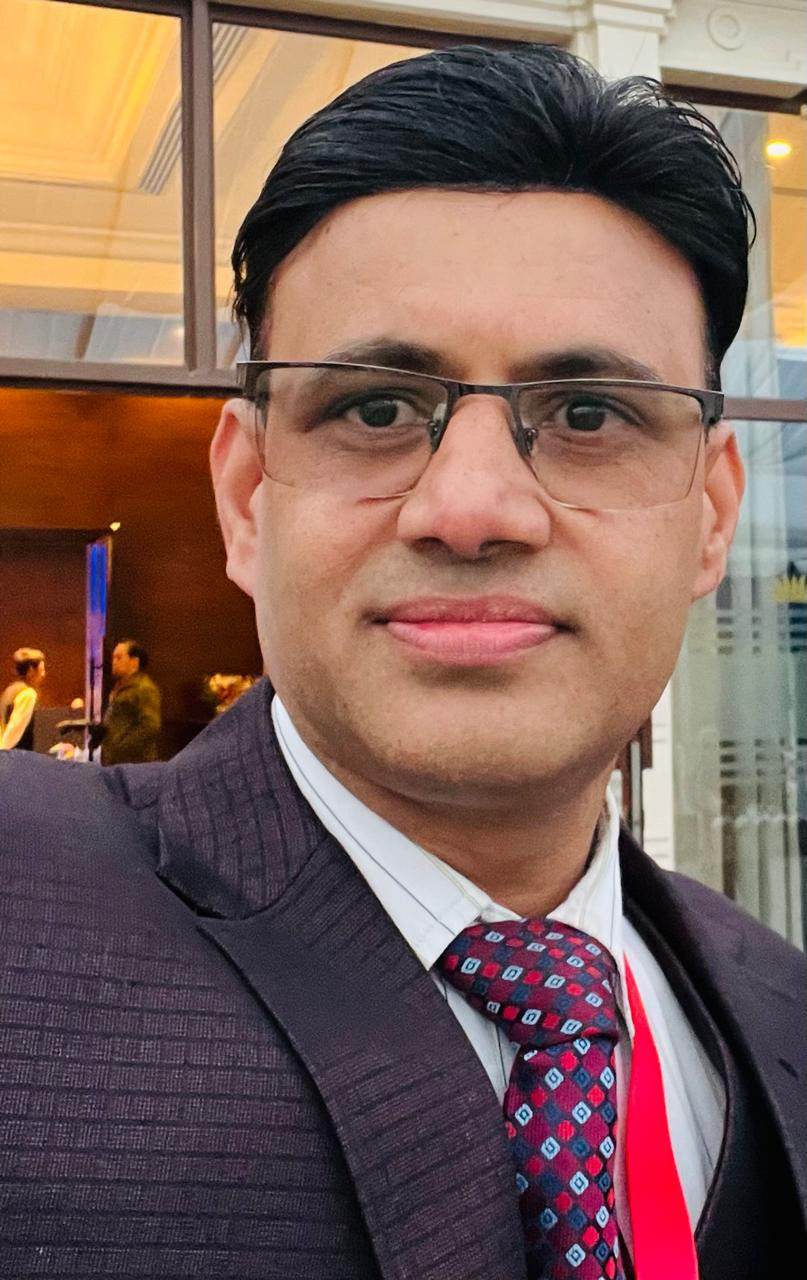
Laxman Biyogi
Laxman Biyogi has been serving as the editor of Urja Khabar for the past seven years.
- Info. Dept. Reg. No. : 254/073/74
- Telephone : +977-1-5321303
- Email : [email protected]











